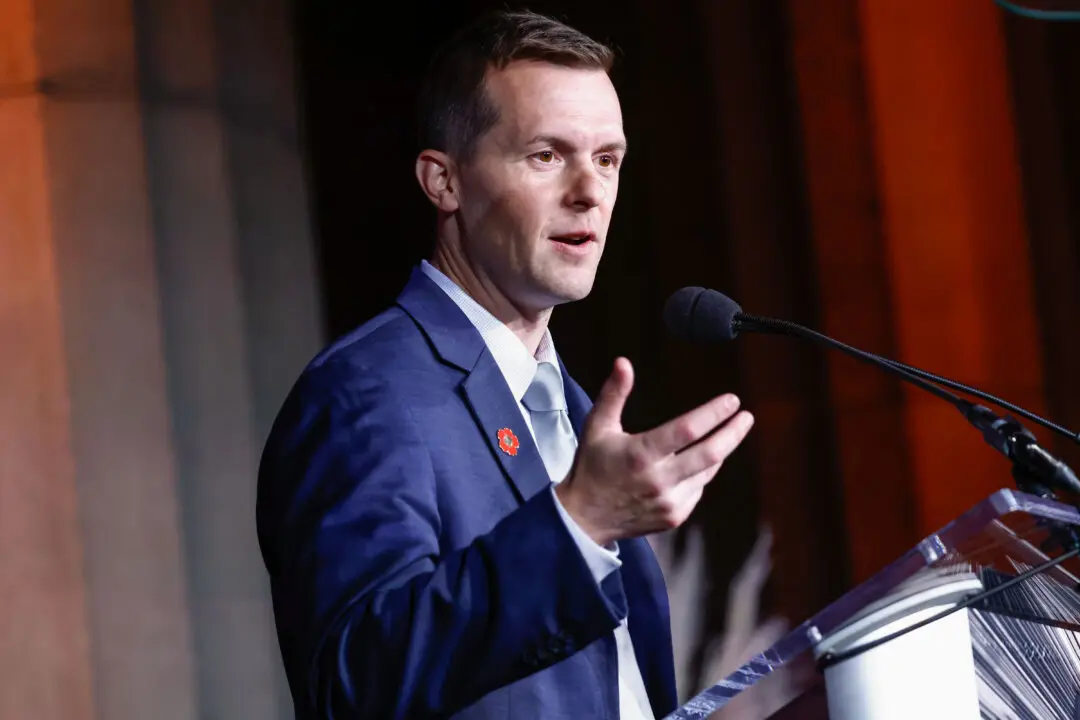President-elect Donald Trump has chosen Brooke Rollins to lead the U.S. Department of Agriculture (USDA) in his administration.
Rollins grew up in a farming family in Glen Rose, Texas. She participated in Future Farmers of America and 4-H. She studied agriculture development at Texas A&M University.
Rollins previously worked on Trump’s 2016 Economic Advisory Council. She went on to serve in his first administration as the director of the Domestic Policy Council, as the director of his Office of American Innovation, and as his assistant for strategic initiatives.
After Trump’s first term, Rollins became the president and CEO of the America First Policy Institute.
“As our next Secretary of Agriculture, Brooke will spearhead the effort to protect American Farmers, who are truly the backbone of our Country,” Trump said.
“It will be the honor of my life to fight for America’s farmers and our Nation’s agricultural communities,” she wrote.
The USDA is currently led by Tom Vilsack, a former governor of Iowa who occupied the same position during the Obama administration.
USDA May Be Key to Healthy Objective
A USDA webpage states that the agency “[provides] leadership on food, agriculture, natural resources, rural development, nutrition, and related issues based on public policy, the best available science, and effective management.”The agency has responsibilities ranging from food safety and agricultural export policy to animal welfare and nutrition labeling.
Through the U.S. Forest Service, it also controls more than 193 million acres of land, about one-quarter of the land under the authority of the federal government. In addition, the USDA oversees the federal government’s crop insurance program. It also includes the National Institute of Food and Agriculture, the federal hub for research related to agriculture, and the Foreign Agricultural Service.
The USDA is anticipated to work with Robert F. Kennedy Jr. on his Make America Healthy Again initiative, as he was announced as Trump’s pick for secretary of health and human services.
Farm Bill Looms
The USDA’s pending $25.1 billion budget request is $2.2 billion—or 8.7 percent—higher than its spending plan from the previous fiscal year.The current five-year Farm Bill that Trump signed in 2018 was extended for a year in November 2023. It expired in September, although certain programs have a final expiration date at the end of December.
Convincing Congress to quickly adopt a five-year Farm Bill will be the new secretary’s most pressing objective. Lawmakers representing agricultural states would likely agree.
“We have until Jan. 1 to get something done, or our agriculture industry is going to take the biggest punch to the face it’s ever taken,” he said.
Farm bills authorize only mandatory funding based on multiyear estimates as baselines for annual allocations. Those pieces of legislation don’t include discretionary spending.
The stymied Farm Bill, adopted in 2024 by the House but never heard in the Senate, outlines $1.46 trillion in spending over the next 10 years, earmarking an average of $22.5 billion in annual discretionary spending, $3 billion less than the 2018 Farm Bill authorized, and $9 billion less than USDA’s request for fiscal 2025.
Rollins must also address labor costs that small, family-owned farms say are driving them out of business and must stem the accelerating loss of farmlands to development.
Other issues that will confront the new secretary of agriculture include contention over “reference prices” to assist farmers when market prices fall below a target level, the USDA’s management of the Commodity Credit Corporation, and whether to permanently enroll one-time conservation funding from 2022’s Inflation Reduction Act into the Farm Bill.









